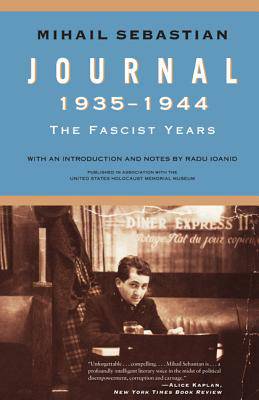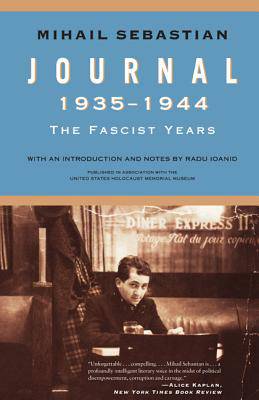
- Afhalen na 1 uur in een winkel met voorraad
- Gratis thuislevering in België vanaf € 30
- Ruim aanbod met 7 miljoen producten
- Afhalen na 1 uur in een winkel met voorraad
- Gratis thuislevering in België vanaf € 30
- Ruim aanbod met 7 miljoen producten
Zoeken
Omschrijving
Hailed as one of the most important portrayals of the dark years of Nazism, this powerful chronicle by the Romanian Jewish writer Mihail Sebastian offers a lucid and finely shaded analysis of erotic and social life, a Jew's diary, a reader's notebook, a music-lover's journal. Despite the pressure of hatred and horror in the "huge anti-Semitic factory" that was Romania in the years of World War II, his writing maintains the grace of its perceptive and luminous intelligence. The legacy of a journalist, novelist, and playwright, Sebastian's Journal stands as one of the most important human and literary documents of the climate that preceded the Holocaust in Eastern Europe.
Specificaties
Betrokkenen
- Auteur(s):
- Uitgeverij:
Inhoud
- Aantal bladzijden:
- 670
- Taal:
- Engels
- Reeks:
Eigenschappen
- Productcode (EAN):
- 9781442220249
- Verschijningsdatum:
- 30/11/2012
- Uitvoering:
- Paperback
- Formaat:
- Trade paperback (VS)
- Afmetingen:
- 148 mm x 226 mm
- Gewicht:
- 839 g

Alleen bij Standaard Boekhandel
+ 158 punten op je klantenkaart van Standaard Boekhandel
Beoordelingen
We publiceren alleen reviews die voldoen aan de voorwaarden voor reviews. Bekijk onze voorwaarden voor reviews.








